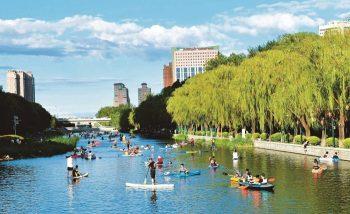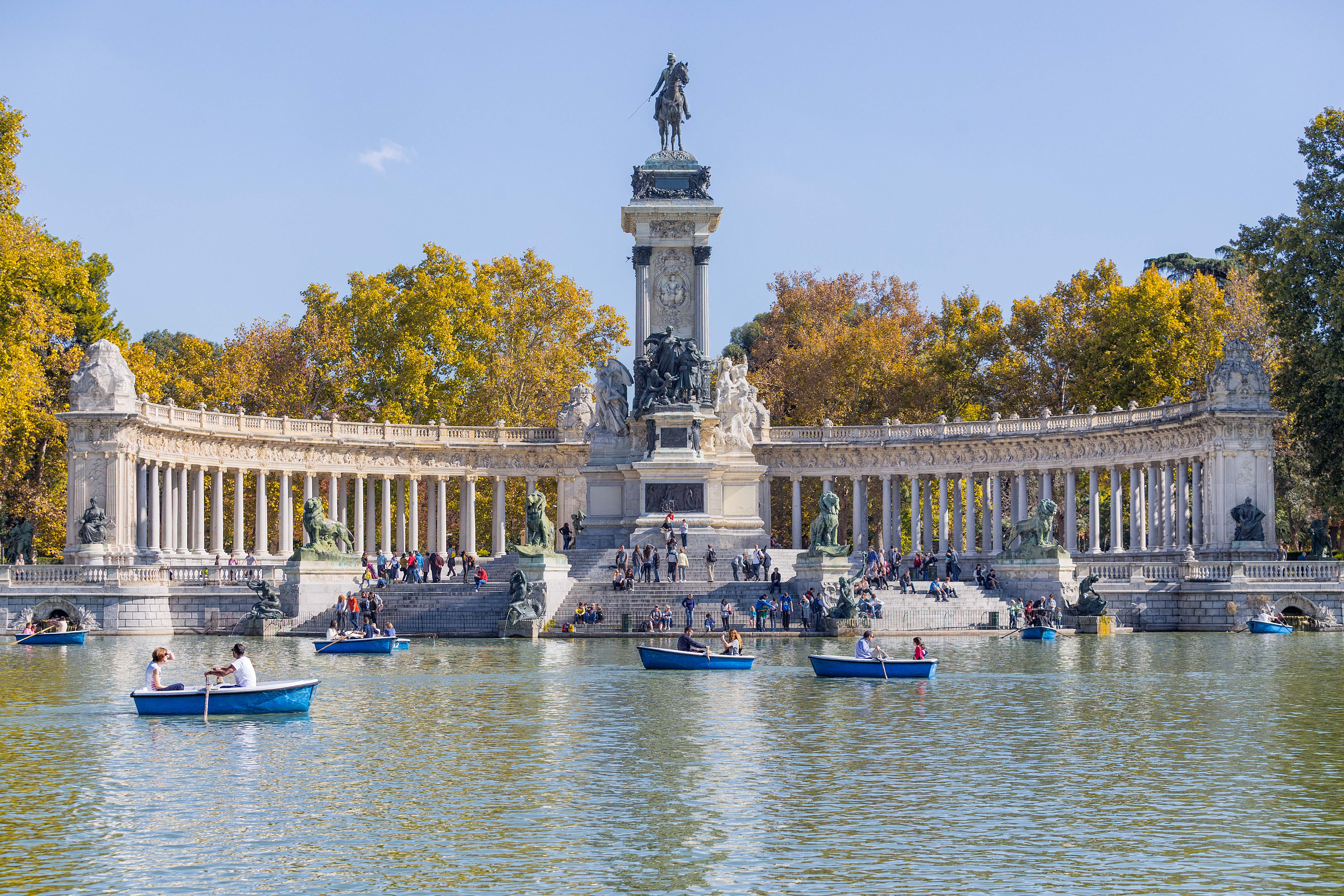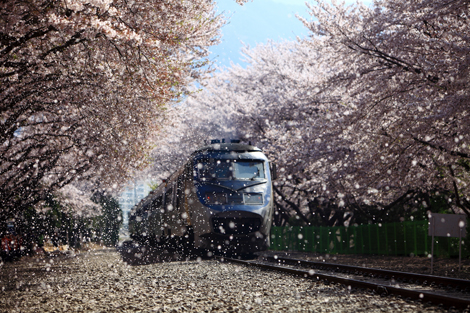
Ask a European if South Korea is top of their bucket list, and they’ll likely respond with a shake of the head. But within Asia, South Korea is quickly becoming a tour de force: home to PSY’s legendary Gangnam movement and a top destination for medical tourism, fashion and cuisine. While Seoul is a priority for long-haul tourists, there are a number of cities further afield that are gaining traction thanks to their cost-efficiency, accommodation facilities and convenient transport links. We take a look at a selection of alternative destinations around Seoul, all within easy reach of the capital.
Incheon
Incheon is the closest city to Seoul: 45 minutes from the capital, it’s home to the country’s main air hub, Incheon International Airport, and is one of South Korea’s best-equipped meetings destinations. Incheon is also a well-known manufacturing centre, with Samsung and compound manufacturers Jae Woo heading up factories in the region. The city’s main convention centre, Songdo Convensia, has the largest pillarless space in Asia – three exhibition halls that hold up to 5,000 people combined. The facility also contains three ballrooms spanning 1,715 sqm with an additional 23 conference rooms complete with updated A/V and LCD capabilities.
There are six hotels nearby offering a total of 2,087 rooms. Among those is the 320-room Sheraton Incheon, which played host to athletes during the 2014 Asian Games last September and offers a wide range of incentive activities for business guests, such as octopus fishing, chocolate moulding or a visit to a biotech manufacturer nearby.
Also just a stone’s throw from Songdo Convensia is the 423-room Oakwood Incheon Serviced Apartments, which opened in July 2014. One of the only serviced residences in the area, the Oakwood Incheon occupies floors 36 through 64 of South Korea’s tallest building, the Northeast Asia Trade Tower, offering panoramic views of the surrounding area. The Oakwood Incheon has four meeting rooms, a coffee-break area and boardroom, all available with laptop rental and interpretation services. It also has a day-care centre where children are supervised by an on-site babysitting service. Each residence is complete with a fully furnished kitchenette and living area, varying in size from studios between 41 sqm and 74 sqm, to four-bedroom suites and a 372 sqm penthouse.
Daejeon
Daejeon is South Korea’s fifth-largest city and a 50-minute journey to Seoul on South Korea’s high-speed rail, KTX. Like Incheon, Daejeon is a manufacturing hub, this time specialising in research and technology, and dubbed “the Silicon Valley of South Korea”. Tech aficionados will have heard of the nearby Electronics and Telecommunications Research Institute, or ETRI, where visitors are regaled with the latest gaming and electronic experiences – an entertaining outing for delegates either side of meetings.
Opened in 2008, Daejeon Convention Center (DCC) has ample event facilities, comfortably catering to the conference market with a grand ballroom measuring 2,042 sqm with one partition. A larger exhibition space is in the works, due to open in 2019. Electronics and science fairs make regular visits to the DCC, which has hosted more than
600 international conferences since opening and will welcome the Ministerial OECD Meeting of Science and Technology Policy in October 2015.
Jeonju Hanok Village
Jeonju is famous for its bibimbap, South Korea’s national dish of rice, pickled vegetables, beef and egg yolk mixed together in a clay bowl. Aside from its gourmet attractions, Jeonju is one of Korea’s most historic destinations, being the birthplace of the famous Joseon dynasty. Korea’s last, and arguably most influential dynasty began in 1392 in Jeonju, which remained the home of the royal family until the country was annexed by Japan in 1910. Jeonju has retained its traditional wooden homes, and groups can tour the picturesque city while sampling street food before heading for lunch at one of its established bibimbap houses.
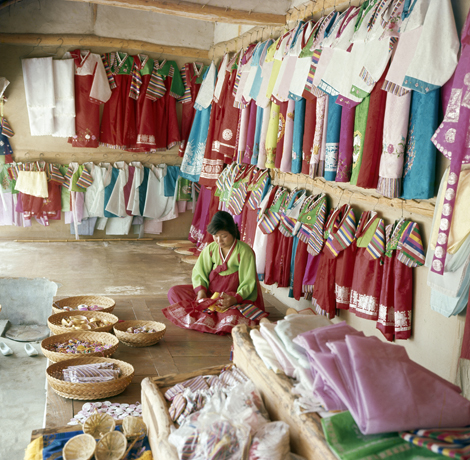
Groups keen for an authentic experience can opt to stay in a traditional Korean guest house. Hag In Dang House is particularly well known, as it was formerly the house of Baek Nak-jung, a high-ranking official from the Joseon period. Built in 1908, the traditional-style house has a number of buildings attached to the main residential house, along with a pond and authentic pavilion. Guest houses will often give visitors the chance to try on Korea’s national dress, known as hanbok. These brightly coloured silk robes with decorative brocades and full wrap-around skirts are traditionally worn at festivals and as formal attire at weddings and religious ceremonies. Hanbok also come with a variety of accessories, making the process of dressing quite a feat, if you can master the knots and order of under layers.
Gunsan
Located on South Korea’s western coast, Gunsan is part of the country’s largest reclamation project, and home to the world’s longest seawall measuring 33.9km. The plan for Gunsan is to reclaim land around the port city and develop a new city dedicated to industry, business tourism and logistics. By 2020, the region hopes to develop a bonafide international business complex, with plans to make it a free economic zone offering tax benefits for foreign firms and investors by 2020.
Part of these developments is the Gunsan Samangeum Convention Center (GSCO), which opened in July 2014 and was host to the 2014 Korea MICE Alliance Conference & Awards last December. The GSCO is an enormous complex with a standalone exhibition hall, not dissimilar to an aircraft hanger, measuring 3,697 sqm with the capacity to hold 3,500 people. The centre also has an outdoor exhibition area measuring 5,254 sqm, useful for outdoor theatre setups or product launches. A four-hour drive from Seoul, GSCO hopes to attract both domestic and international events with competitive rates that beat Seoul’s steeper prices.
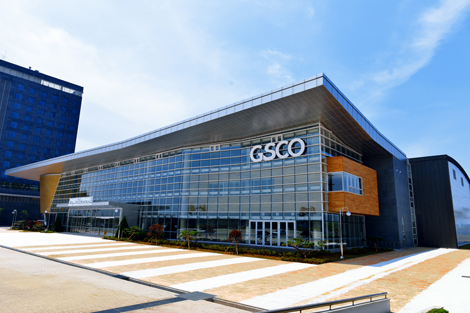
Gunsan also offers cultural activities for groups post-conference, such as a visit to Gunsan Modern History Museum to learn about the region as a trade port and view artefacts from its cultural heritage. The Modern Art Museum is another cultural attraction, housed in what was once a branch of the Chosun Bank during the Japanese colonial era. The Also nearby is the Dongguksa Temple – the only Japanese-style temple remaining in the country.
SIGHTS OF SEOUL
JW MARRIOTT DONGDAEMUN SQUARE SEOUL
This is one of Seoul’s best-placed hotels for travellers with a taste for design. Opposite the Zaha Hadid-designed Dongdaemun Design Plaza (DDP) and the city’s famous East Gate, the JW Marriott (above) is boutique at only 170 rooms, but with ample facilities such as a 754 sqm ballroom that can be divided in three. On the hotel’s 11th floor, The Griffin Bar is considered one of Seoul’s top spots for drinks, with a rooftop that offers panoramic views of the 600-year-old gate and modern DDP.
INSA-DONG
This is one of Seoul’s top visitor spots – a street lined with shops selling snacks, handicrafts, traditional fabrics and dress along with every Korean memento under the sun. It’s also where groups come for pedicab tours of the surrounding area, such as the Unesco-protected Bukchon Hanok Village, where affluent Seoulites live in traditional Korean houses. Its location, size and a state commitment to maintaining traditional homes makes this area one of Seoul’s most expensive residential areas. Bukchon also has a number of guesthouses where small groups can experience an authentic overnight experience.
NATIONAL MUSEUM OF MODERN AND CONTEMPORARY ART
Delegates keen on contemporary culture should head to the National Museum of Modern and Contemporary Art next to Gyeongbokgung Palace, the first royal palace of the Joseon Dynasty. The museum is kitted out with a multi-project hall and theatre, which has hosted art productions, film screenings and international festivals. The museum also has Art & Lunch programmess, offering delegates themed lectures and analysis of the art together with sandwiches and drinks.
